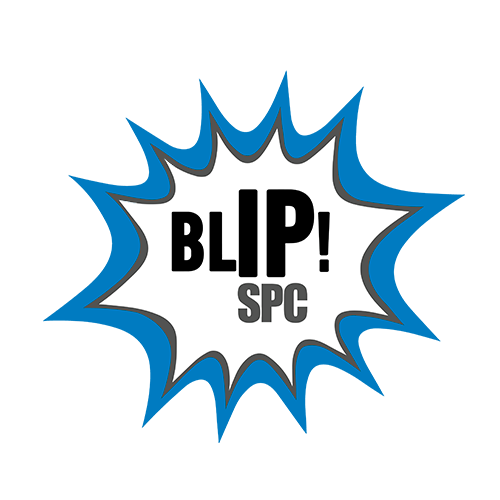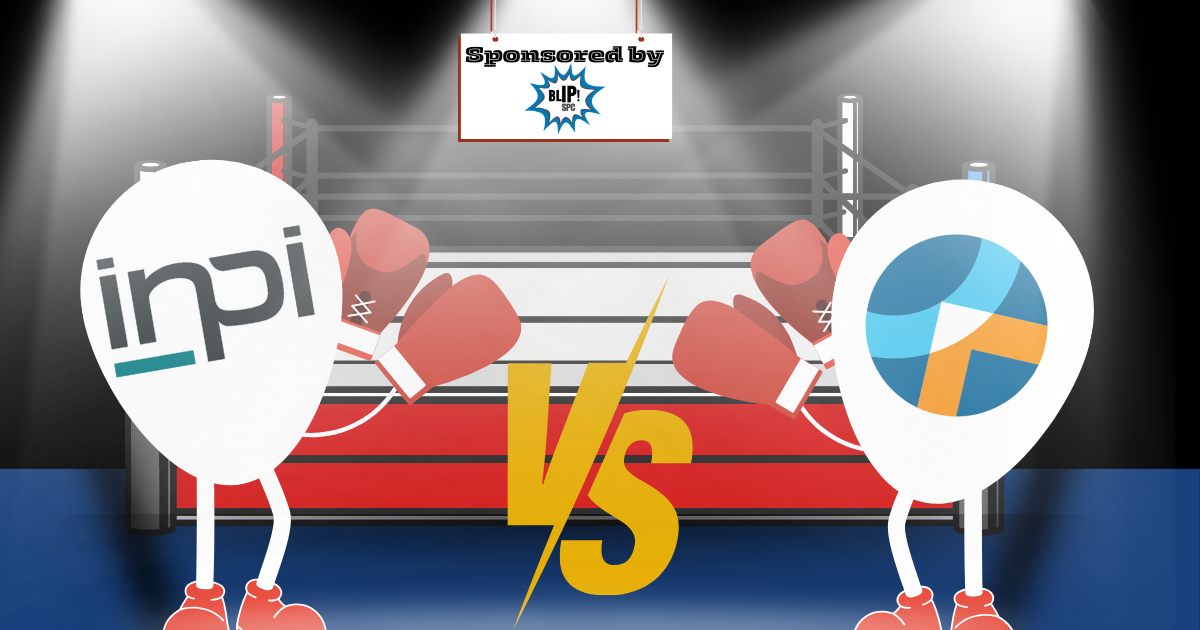On the requirements of Article 3 (a) of EC Regulation n° 469/2009: INPI vs Dana-Farber
Marc Névant (French and European Patent Attorney)
In a decision dated 31 January 2024 (appeal n° B 22-18.374), the French Supreme Court (Cour de Cassation) dismissed an appeal filed by the French Patent Office (INPI) against the decision of the Paris Court of Appeal (RG n° 21/08514 of 25 May 2022) annulling INPI’s decision to reject SPC application n° 17C1046.
In their decision, the Cour de Cassation held the following:
1/ The Court of Appeal did not confine itself to ruling by way of assertion but noted that EP 424 referred to methods for the generation and identification of an antibody directed against a given antigen, and was able to deduce that the human monoclonal antibody avelumab was specifically identifiable in the light of the teachings of the said patent by a person skilled in the art, by known and controlled routine tests and that it fell within the scope of the patent within the meaning of Article 3 (a) of Regulation n° 469/2009.
2/ The Court of Appeal took the view that, in the specific action for annulment before it, that on the basis of the evidence and facts exchanged during the INPI’s examination of the SPC application, the INPI had not provided the proof required that avelumab had been developed as a result of an independent inventive step.
The Court of Cassation also reminded that, according to their constant jurisprudence, the Court of Appeal hearing an appeal against a decision from INPI, must take into account the conditions that existed at the time the decision was taken and cannot take into account new documents produced before it. (emphasis added).
Background of the case
Dana-Farber Cancer Institute INC. (Dana-Farber) applied in 2017 for a SPC relating to the product avelumab, The application was made on the basis of European patent 1210424 (EP 424), filed In 2000, relating to molecules, the B7-4 proteins (later called PD-L1), which are useful for modulating the immune response, leading to a new way of treating cancer called “cancer immunology”. The patent inter alia claims antibodies defined functionally, which can bind the B7-4 proteins.
INPI rejected the application under Article 3 (a) of Regulation n° 469/2009, on the ground that avelumab (an anti PD-L1 antibody), while implicitly covered by the functional definition in claims 17 and 27 of EP 424, was not specifically identifiable by a person skilled in the art at the priority date of the patent, because the information disclosed in the patent, relating in particular to the processes for the functional evaluation of antibodies and to the means for humanising an anti-B7-4 antibody, were insufficient to identify avelumab.
(For the sake of completeness, it should be mentioned here that the structure of avelumab was only specifically disclosed in a patent application filed by Merck GmbH in 2011.)
Dana-Farber appealed the rejection decision.
The Court of Appeal, after reviewing the description of EP 424 and the submissions from Dana-Farber, considered that it could be deduced, on the basis of the general knowledge of the person skilled in the art and the state of the art at the priority date of EP 424, that avelumab was specifically identifiable in the light of the teachings of the said patent by the person skilled in the art, by means of known and mastered routine tests, which may be long and tedious, but did not result from an autonomous inventive step.
The Court of Appeal also ruled that the fact that avelumab was (specifically) covered in a later patent (filed several years after EP 424) was not sufficient to show that avelumab had been developed as a result of an independent inventive step.
The Court of Appeal concluded that the requirements of Article 3 (a) of Regulation n° 469/2009 were therefore met and accordingly annulled the INPI’s decision.
INPI appealed that decision before the Cour de Cassation.
Take away messages
1/ An interesting point mentioned by the Cour de Cassation is that it is the responsibility of INPI, intending to reject a SPC application, to inform the SPC applicant in good time of the relevant elements on which their decision is based, in order to allow the applicant to submit additional elements during the examination of the application.
2/ Another interesting point is that the Cour de Cassation found that, contrary to INPI’s arguments, the Court of Appeal correctly assessed the fact that INPI had not provided (during examination of the SPC application) the proof required that avelumab had been developed as a result of an independent inventive step.
Nota bene:
There is another Dana-Farber SPC case pending before the Cour de Cassation. In that case, Dana-Farber applied for another SPC, also based on EP 424, for the product atezolizumab. INPI rejected the SPC application inter alia on the ground that the requirements of Article 3 (a) were not met. Dana-Farber appealed the INPI decision but the Court of Appeal (in a different composition) dismissed the appeal (Paris Court of Appeal, 26 May 2023, RG 21/17890). Dana-Farber appealed that decision before the Cour de Cassation.
The decision of the Cour de Cassation is not expected until the beginning of next year, and will hopefully provide guidance on whether the rather strict interpretation of Article 3 (a) by INPI is to be followed.
On the requirements of Article 3 (a) of EC Regulation n° 469/2009: INPI vs Dana-Farber
Marc Névant (French and European Patent Attorney)


